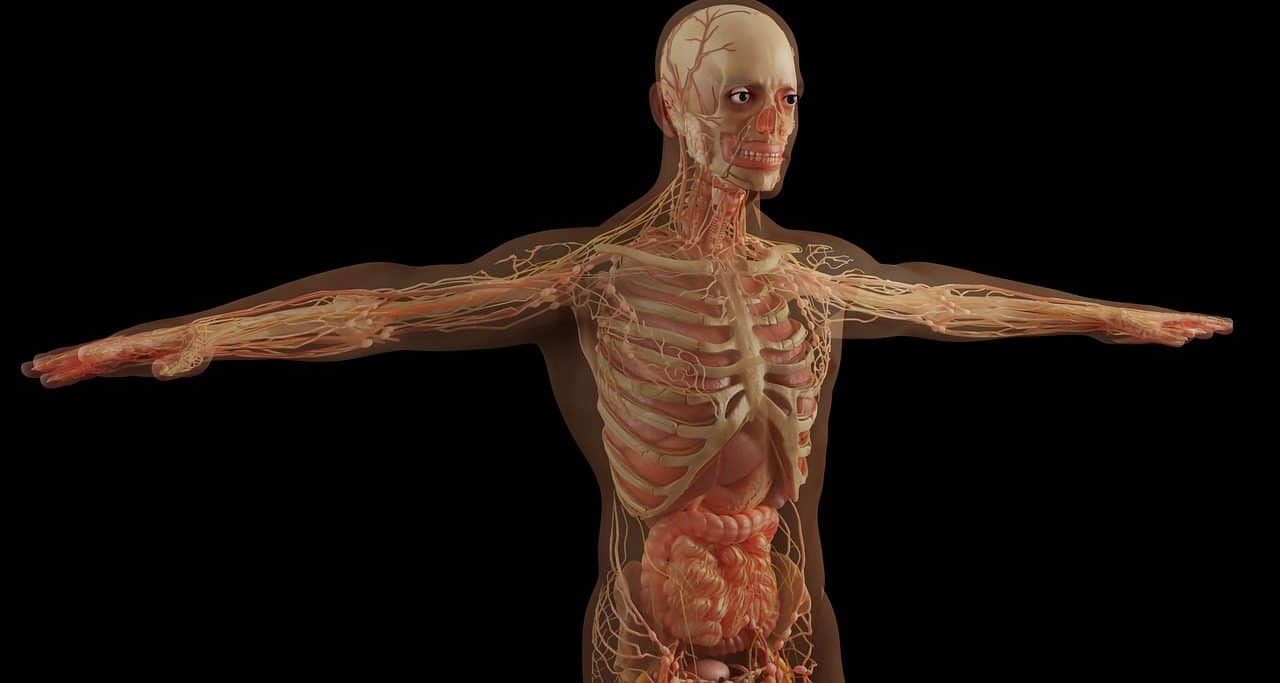
The plexus is a network developed through the intertwining of filaments of nerves and blood vessels.
Plexus is a term used in the field of anatomy to name the network that develops from the intertwining of filaments of blood vessels and nerves . The Latin word plexus became, in our language , this word.
The components of a plexus manage to develop various anastomoses , which are the unions of the elements of the anatomy. In this way, it is possible to speak of multiple plexuses in the human organism.
Types of plexus
The solar plexus is the network found around the ventral aorta artery, coming mostly from the vagus and great sympathetic nerves. Thanks to the solar plexus, the organs in the abdominal area are innervated.
The spinal nerves, for their part, are linked to the lumbar plexus, the brachial plexus and the cervical plexus . The digestive system, on the other hand, has the Auerbach plexus and the submucal plexus .
The sacral plexus is one that develops from the nerve endings of the sacral region. In combination with the lumbar plexus, they form what is known as the lumbosacral plexus and are responsible for the innervation of the lower limbs.
The plexuses can be affected by various disorders and diseases . One of the most common is brachial plexopathy .

Various damages can occur in the plexuses.
Brachial damage
Brachial plexopathy occurs when there is damage to the brachial plexus (an area on each side of the neck in which the roots of the nerves from the spinal cord divide into those of the arms) due to a neurological problem and, therefore, Therefore, problems and pain occur when moving the shoulder and arm. This is a form of peripheral neuropathy (when the nerves that transmit information between the brain, spinal cord and the rest of the body do not work properly).
Generally, the damage is related to an injury that occurred directly to the nerve, or to injuries due to stretching, pressure from a tumor found in the area (mainly in the lung), or side effects of radiotherapy. But this problem in the brachial plexus can also be linked to: congenital deformities that put pressure on the neck; exposure to drugs, chemicals or toxins; the use of general anesthesia in surgery; inflammations such as those that occur due to a virus.
Some of the symptoms of brachial plexus dysfunction are:
- Numbness of the hand, arm and shoulder.
- Pain in the shoulder.
- Unusual sensations in the injured area, such as tingling, pain, or burning.
- Lack of strength to perform normal movements.
Diagnosis and treatment of brachial plexopathy
During examination of the affected area, the doctor may notice some of the following signs: deformity; decreased reflexes; muscle atrophy; difficulty flexing the hand. To find the cause of brachial plexopathy, although it is not always possible to determine it, it is very helpful to have a detailed patient history. Two important factors when making a diagnosis are sex and age, since some brachial plexus disorders occur more frequently in some groups than in others.
Among the tests performed to diagnose this problem are: blood draw; MRI of the shoulder, neck and head; chest x-ray; ultrasound; nerve conduction tests; electromyography.
Treatment for brachial plexopathy will be linked to the cause of the damage to the plexus. Depending on the case, it can include physiotherapy to surgery, including the intake of certain drugs. Its main objective is to correct the underlying problem and return the patient to the highest possible percentage of mobility.
